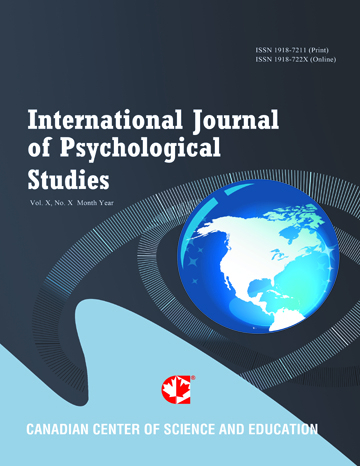Suicides Before, During, and After Daylight Savings Time in the United States
- Gary Popoli
- Katelyn Curry
Abstract
This study was designed to investigate differences in the number of suicides committed in the United States before, during, and after daylight savings time (DST). Conflicting results in the literature suggest both a positive and negative effect of DST in the physical, mental, behavioral aspects society. As a result, some states are proposing legislation to abolish DST while others are trying to make DST permanent. This study is designed to investigate whether DST has a positive negative, or no effect on the frequency of suicide. Archival data from a governmental public database containing the total number of suicides by year and month from 2000-2017 was used. Daylight savings time was defined as the months of March through October while non-DST consisted of the remaining 4 months. The data were organized into 3 groups of 4 months beginning in November, 2007 and ending in October, 2017. The results demonstrated a statistically significant increase in suicides during DST. Most suicides were committed during July-October (M = 74.69, SD = 68.86), compared to March-June (M = 73.56, SD = 67.89), and November-February (M = 67.00, SD = 61.41). Despite disagreement in the literature, this study would suggest eliminating DST altogether. These results support other evidence which suggest a detrimental effect of DST, especially with respect to the psychological and behavioral aspects of public health. Nevertheless, there is still a need for more research to determine the impact of these one hour time shifts in the Spring and Fall.
- Full Text:
 PDF
PDF
- DOI:10.5539/ijps.v12n4p47
Journal Metrics
1. Citations (March 2025): 10975
3. i10-index (March 2025): 233
For details about the Journal Metrics, please visit the Google Scholar website.
Index
- AcademicKeys
- CNKI Scholar
- Elektronische Zeitschriftenbibliothek (EZB)
- Excellence in Research for Australia (ERA)
- GETIT@YALE (Yale University Library)
- Harvard Library E-Journals
- JournalSeek
- JournalTOCs
- LOCKSS
- MIAR
- Open Access Journals Search Engine(OAJSE)
- Open J-Gate
- PKP Open Archives Harvester
- SHERPA/RoMEO
- Standard Periodical Directory
- The Keepers Registry
- UCR Library
- Ulrich's
- Universe Digital Library
- WorldCat
Contact
- Barbara SunEditorial Assistant
- ijps@ccsenet.org
